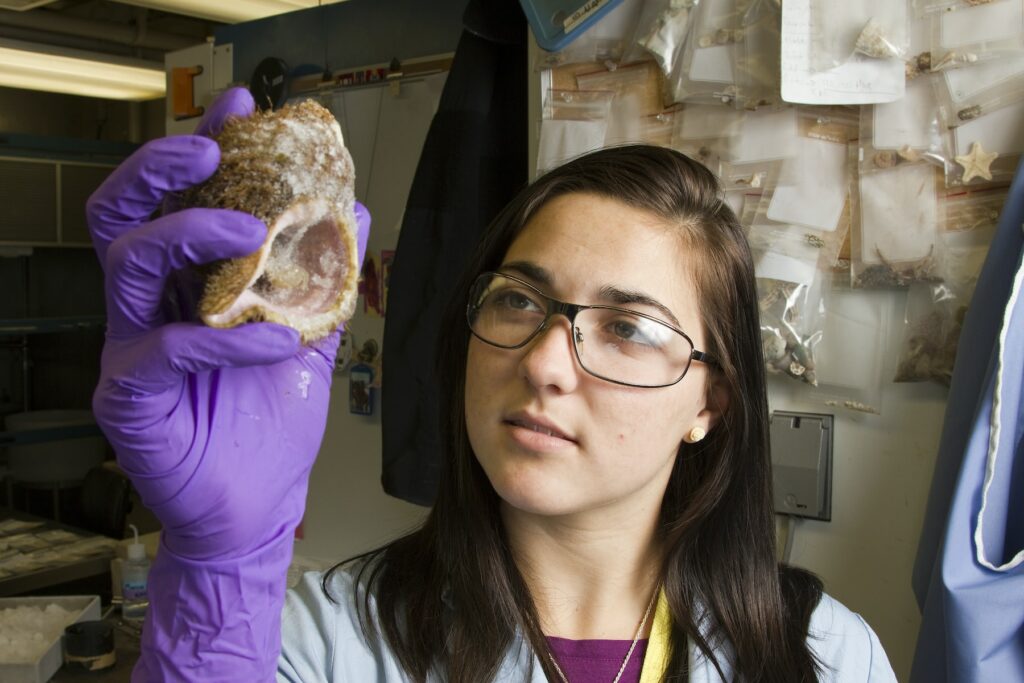![The ‘Giveaway Piggy Back Scam’ In Full Swing [2022]](https://www.cjco.com.au/wp-content/uploads/pexels-nataliya-vaitkevich-7172791-1-scaled-2-683x1024.jpg)

Deep Learning Revolutionizes Breast Cancer Detection: A Leap Forward in Medical Diagnostics

As Seen On
Artificial intelligence and deep learning have begun solidifying their positions as critical game changers in the medical diagnostics realm, revolutionizing early detection and prediction of diseases, effectively saving countless lives. One standout application is in enhancing the early detection of breast cancer in women identified as high risk, a significant advance in the fight against a disease that, according to The World Health Organization, is the most prevalent cancer among women globally.
Central to this breakthrough is the advent of a mammography-based deep learning (DL) model, which was trained using an extensive data set comprising numerous mammograms. The model successfully processed high-risk group mammograms, helping medical practitioners by providing an extra level of analysis and detection accuracy.
For evaluation of the DL model, researchers deployed a common analytical tool known as the area under the receiver operating characteristic curve (AUC). Achievements of the model showed impressive one- and five-year AUC ratings at 71% and 65% respectively, for predicting the occurrence of breast cancer. These percentages are seen as strong indicators of accuracy, and when compared to conventional methods like the Breast Imaging Reporting and Data System (BI-RADS), the DL model showed superior long-term prediction capabilities.
Furthering the study was the introduction of mirror experiments to gauge the DL model’s prowess when confronting early or premalignant changes. The emphasis was on imaging’s role in predicting future cancer maturity, another leap forward in early detection of the disease.
The study also scrutinized the combination of DL technology and traditional BI-RADS assessment. It was deduced that the discrimination improved when both technologies were deployed together, which signifies that the fusion of DL models with BI-RADS scores can potentially augment mammogram assessments. The result? More accurate near-term risk assessments and enhanced breast cancer detection.
However, the exciting potential benefits of this deep learning approach should be tempered with some caution. The model was trained on a data set predominantly derived from high-risk women, and extrapolating the findings to an average risk profile group might present limitations. Future research is essential to assess the accuracy of this tool on diverse populations and varying risk profiles.
Ultimately, these initial findings unlock vast possibilities in leveraging deep learning models on matters of breast cancer detection and risk stratification for high-risk individuals. It can certainly be perceived as a stepping stone towards enhancing the diagnostic accuracy, improving patient care, and hopefully, reducing the impact of breast cancer on affected individuals. The future holds great promise, and as this artificial intelligence technology matures, so does our ability to fight and manage breast cancer.
Casey Jones
Up until working with Casey, we had only had poor to mediocre experiences outsourcing work to agencies. Casey & the team at CJ&CO are the exception to the rule.
Communication was beyond great, his understanding of our vision was phenomenal, and instead of needing babysitting like the other agencies we worked with, he was not only completely dependable but also gave us sound suggestions on how to get better results, at the risk of us not needing him for the initial job we requested (absolute gem).
This has truly been the first time we worked with someone outside of our business that quickly grasped our vision, and that I could completely forget about and would still deliver above expectations.
I honestly can't wait to work in many more projects together!
Disclaimer
*The information this blog provides is for general informational purposes only and is not intended as financial or professional advice. The information may not reflect current developments and may be changed or updated without notice. Any opinions expressed on this blog are the author’s own and do not necessarily reflect the views of the author’s employer or any other organization. You should not act or rely on any information contained in this blog without first seeking the advice of a professional. No representation or warranty, express or implied, is made as to the accuracy or completeness of the information contained in this blog. The author and affiliated parties assume no liability for any errors or omissions.

